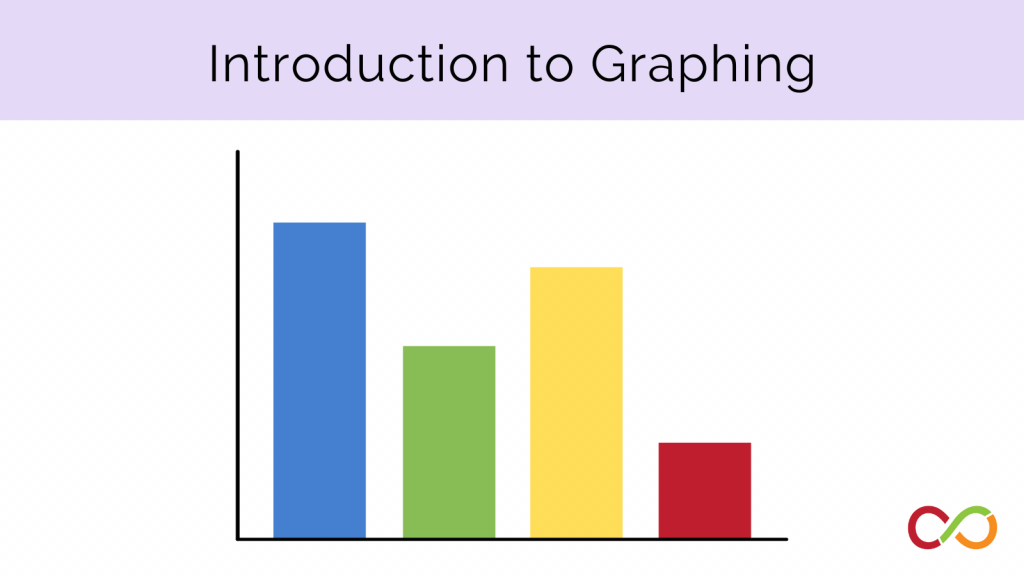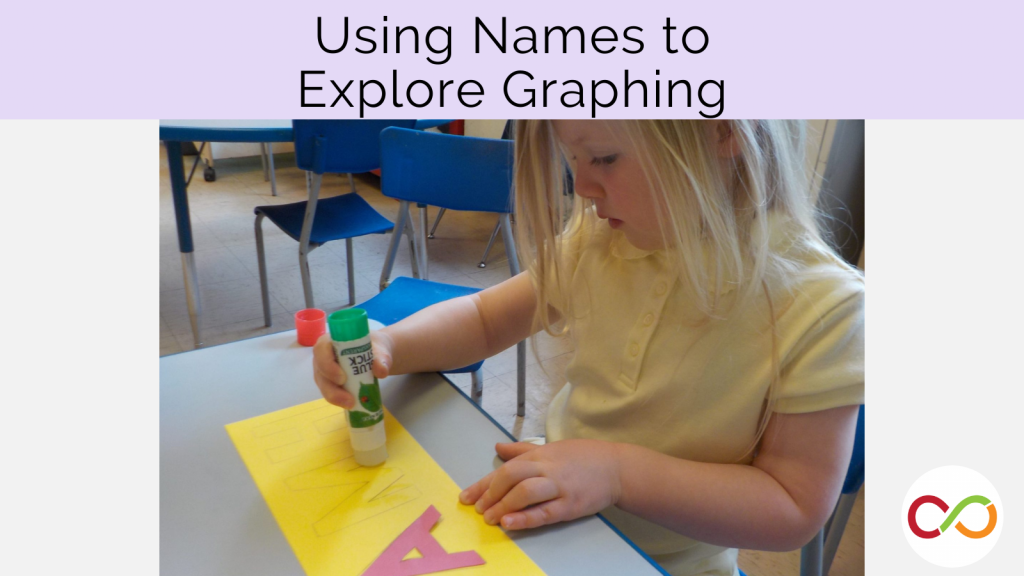Circle to Bar Graph
Early Years (Age 3 – 6)
Curriculum Goal
Kindergarten: Demonstrating Literacy and Mathematics Behaviour
- Collect, organize, display, and interpret data to solve problems and to communicate information, and explore the concept of probability in everyday contexts (#19).
Context
- Students begin by sitting in a circle. Students will move to tables to work on their circle and bar graph.
Materials
Lesson
- Show students the circle graph and explain that this is another way to display information.
- Have students go to different tables and work on translating the circle graph into a bar graph.
- The last page of the circle to bar graph package will have questions about the graph. For example: How many more squares did you have than triangles?
- When students finish filling in the graphs, they can practice asking each other questions about the graph.
Look Fors
- Can children translate the information from the circle graph onto a bar graph?
- Are children able to come up with questions about the information in the bar graphs to ask other students?
Extension
- Tooth graph: a magnet with each student’s name on it can be used to represent who has lost a tooth. As a child loses a tooth, they can update the graph.
- Circle weather graph (works best in the month of November, when Canada typically observes the most diverse weather): put a daily mark in the appropriate weather section and have students predict which type of weather they will get the most.
- Siblings graph: ask students how many siblings they have and have them put their mark in the appropriate section.
Share this lesson
Share on facebook
Share on twitter
Share on email


